11.Summers HD., Sinclair MK., Stover MD. A reliable method for intraoperative evaluation of syndesmotic reduction1 J Orthop Trauma1. 2013. 27:196–2001.
21.Leeds HC., Ehrlich MG. Instability of the distal tibiofibular syndesmosis after bimalleolar and trimalleolar ankle fractures1 J Bone Joint Surg Am1. 1984. 66:490–5031.
31.Weening B., Bhandari M. Predictors of functional outcome following transsyndesmotic screw fixation of ankle fractures1 J Orthop Trauma1. 2005. 19:102–81.
41.Sagi HC., Shah AR., Sanders RW. The functional consequence of syndesmotic joint malreduction at a minimum 2-year follow-up1 J Orthop Trauma1. 2012. 26:439–431.
51.Gardner MJ., Demetrakopoulos D., Briggs SM., Helfet DL., Lorich DG. Malreduction of the tibiofibular syndesmosis in ankle fractures1 Foot Ankle Int1. 2006. 27:788–921.
61.Nielson JH., Gardner MJ., Peterson MG., Sallis JG., Potter HG., Helfet DL, et al. Radiographic measurements do not predict syndesmotic injury in ankle fractures: an MRI study1 Clin Orthop Relat Res1. 2005. 436:216–211.
71.Grenier S., Benoit B., Rouleau DM., Leduc S., Laflamme GY., Liew A. APTF: anteroposterior tibiofibular ratio, a new reliable measure to assess syndesmotic reduction1 J Orthop Trauma1. 2013. 27:207–111.
81.Croft S., Furey A., Stone C., Moores C., Wilson R. Radiographic evaluation of the ankle syndesmosis1 Can J Surg1. 2015. 58:58–621.
91.Dikos GD., Heisler J., Choplin RH., Weber TG. Normal tibiofibular relationships at the syndesmosis on axial CT imaging1 J Orthop Trauma1. 2012. 26:433–81.
101.Franke J., von Recum J., Suda AJ., Grützner PA., Wendl K. Intraoperative three-dimensional imaging in the treatment of acute unstable syndesmotic injuries1 J Bone Joint Surg Am1. 2012. 94:1386–901.
111.Shah AS., Kadakia AR., Tan GJ., Karadsheh MS., Wolter TD., Sabb B. Radiographic evaluation of the normal distal tibiofibular syndes-mosis1 Foot Ankle Int1. 2012. 33:870–61.
121.Vopat ML., Vopat BG., Lubberts B., DiGiovanni CW. Current trends in the diagnosis and management of syndesmotic injury1 Curr Rev Musculoskelet Med1. 2017. 10:94–1031.
131.Jones CB., Gilde A., Sietsema DL. Treatment of syndesmotic injuries of the ankle: a critical analysis review1 JBJS Rev1. 2015. 31:DOI:
doi: 1012106/JBJS1RVW1N1000831.
141.Harper MC., Keller TS. A radiographic evaluation of the tibiofibular syndesmosis1 Foot Ankle1. 1989. 10:156–601.
151.Marmor M., Hansen E., Han HK., Buckley J., Matityahu A. Limitations of standard fluoroscopy in detecting rotational malreduction of the syndesmosis in an ankle fracture model1 Foot Ankle Int1. 2011. 32:616–221.
161.Loizou CL., Sudlow A., Collins R., Loveday D., Smith G. Radiological assessment of ankle syndesmotic reduction1 Foot (Edinb)1. 2017. 32:39–431.
171.Song DJ., Lanzi JT., Groth AT., Drake M., Orchowski JR., Shaha SH, et al. The effect of syndesmosis screw removal on the reduction of the distal tibiofibular joint: a prospective radiographic study1 Foot Ankle Int1. 2014. 35:543–81.
181.Beumer A., van Hemert WL., Niesing R., Entius CA., Ginai AZ., Mulder PG, et al. Radiographic measurement of the distal tibiofibular syndesmosis has limited use1 Clin Orthop Relat Res1. 2004. 423:227–341.
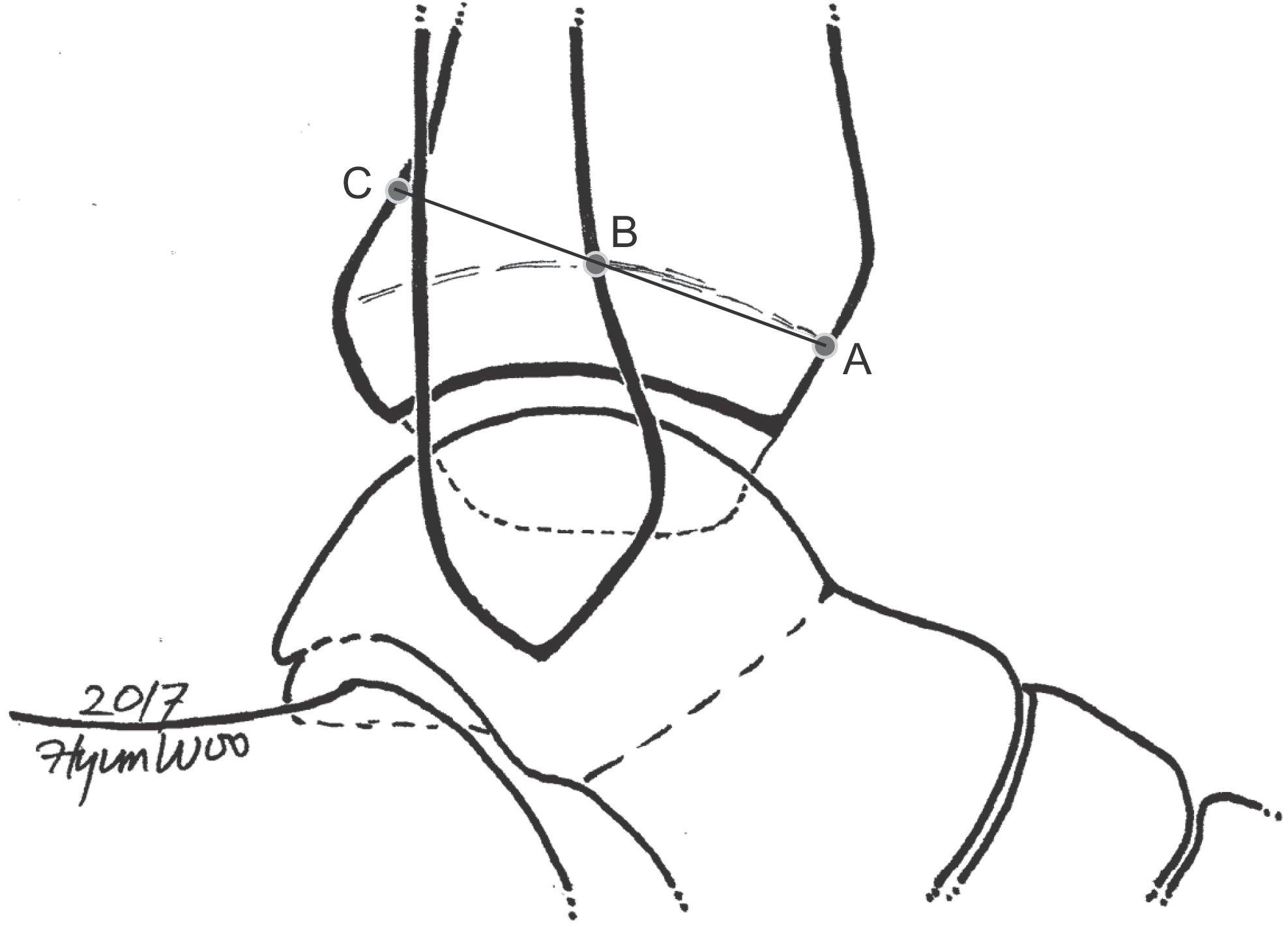
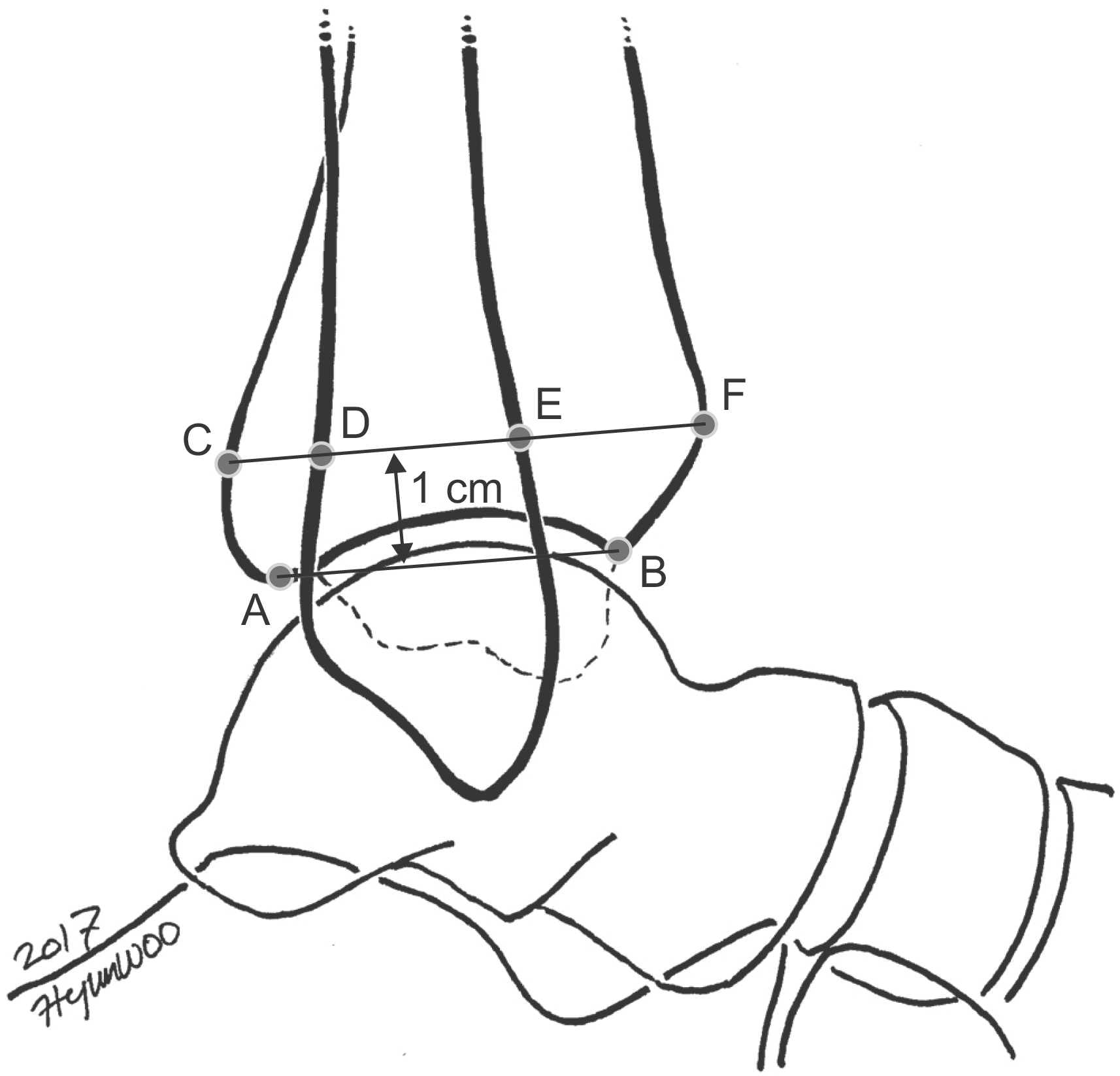
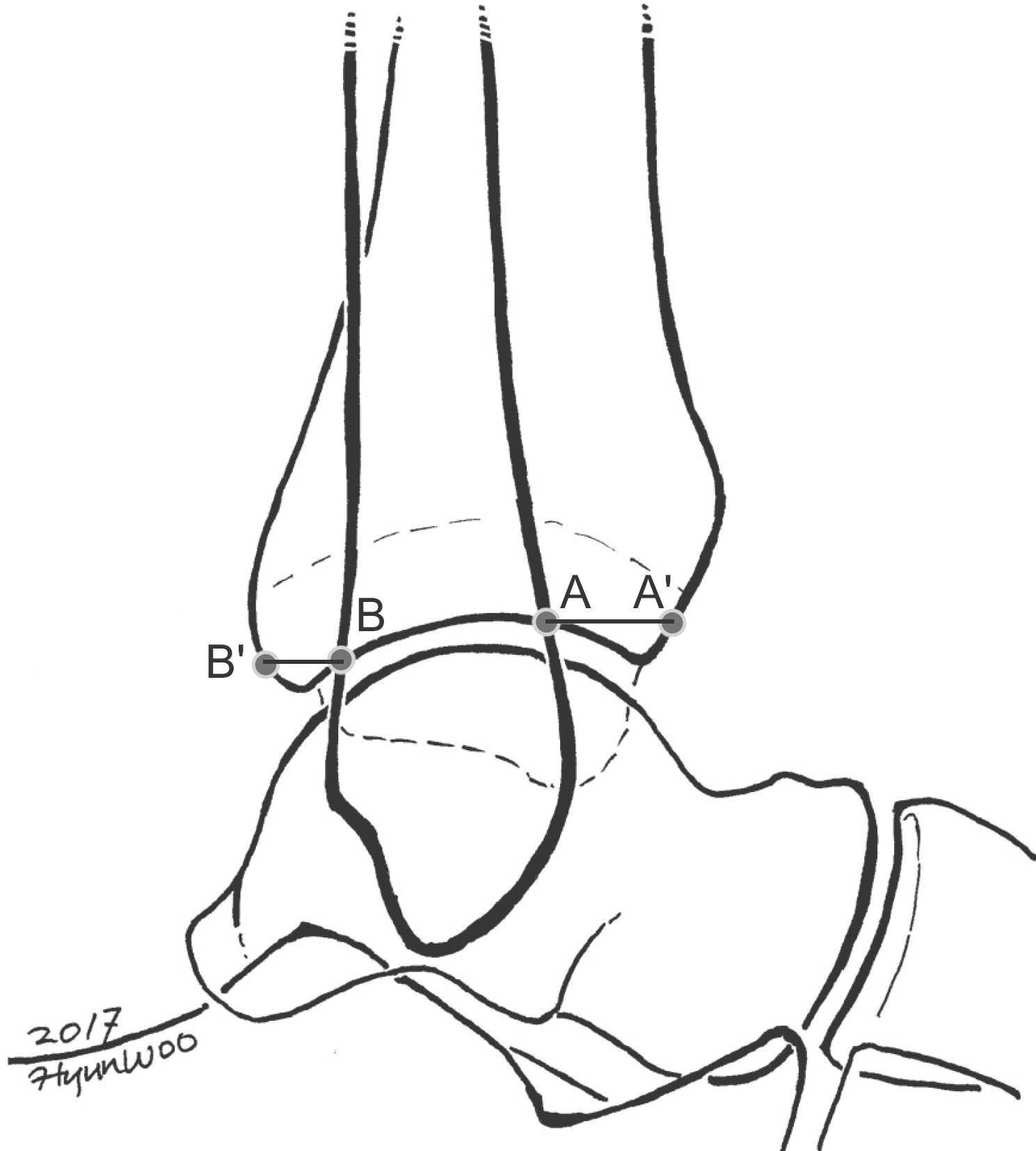
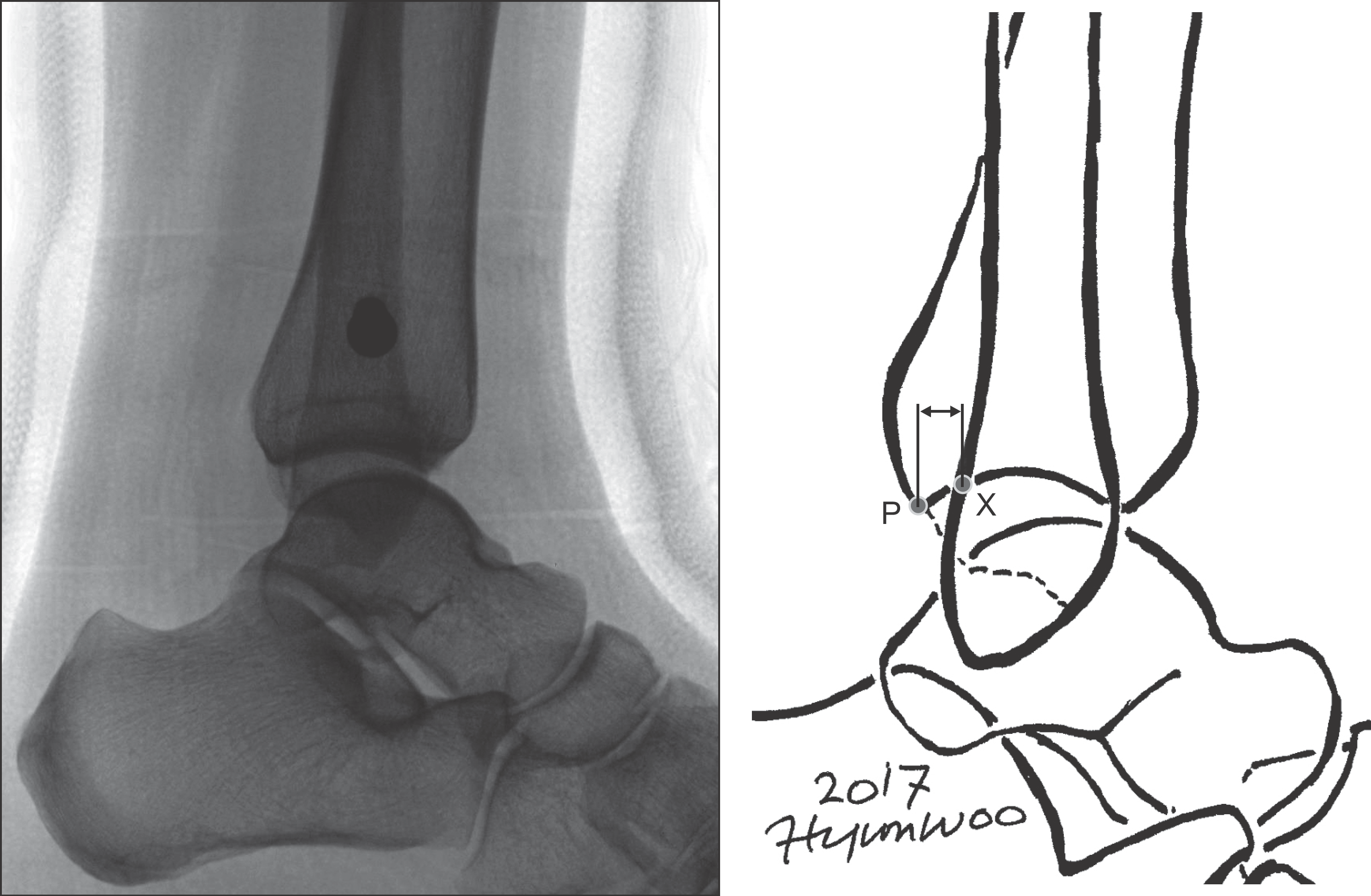
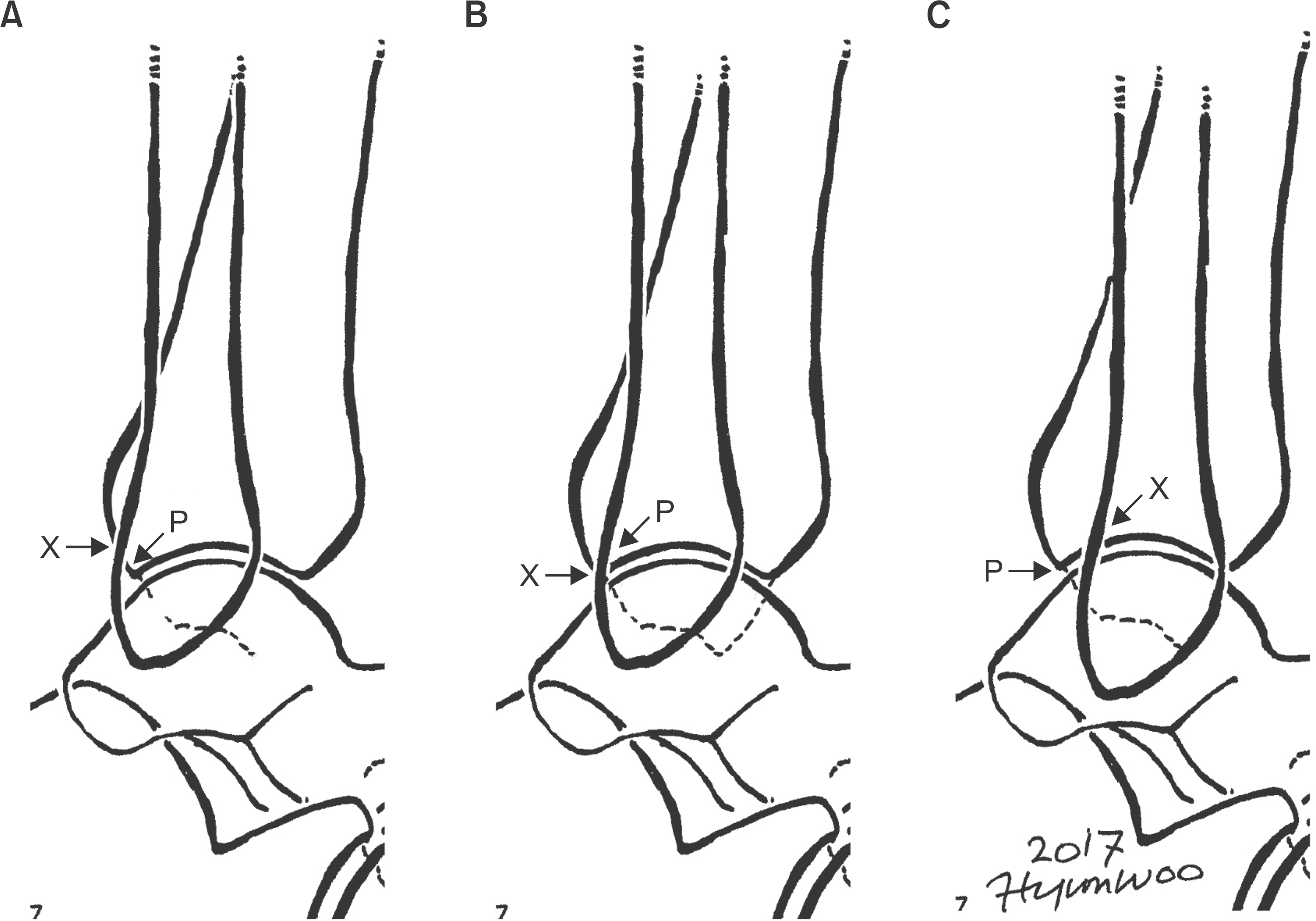




 PDF
PDF ePub
ePub Citation
Citation Print
Print


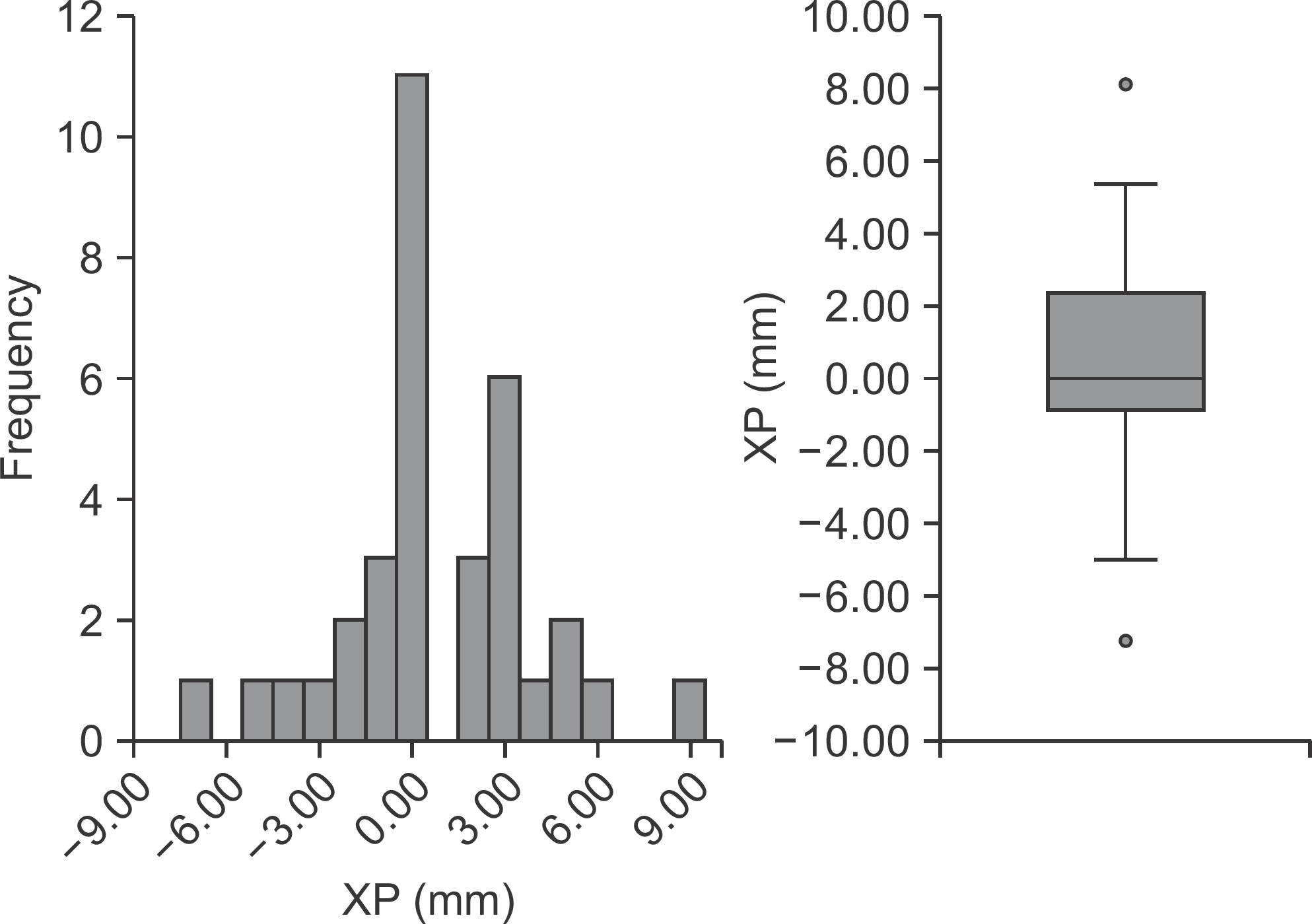
 XML Download
XML Download